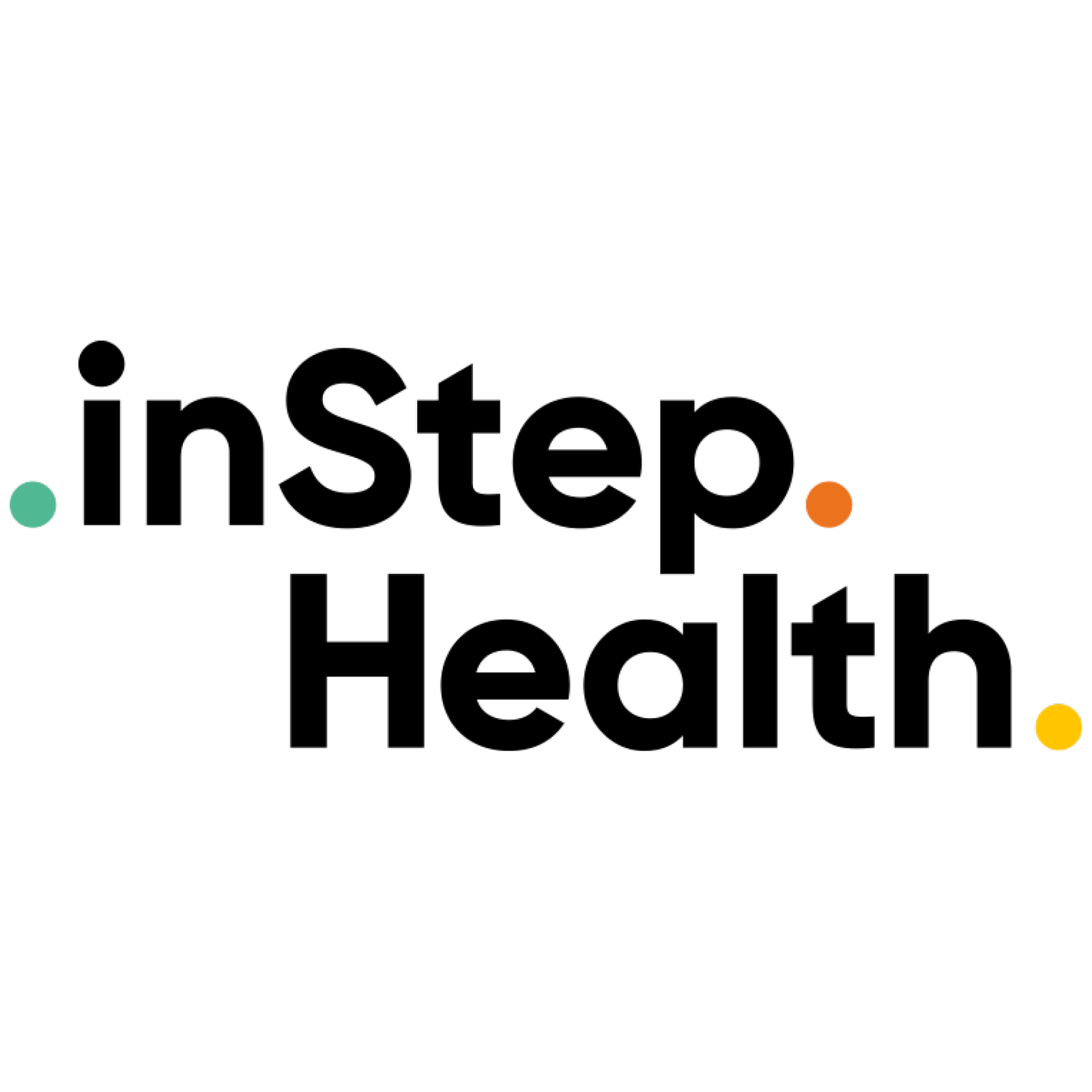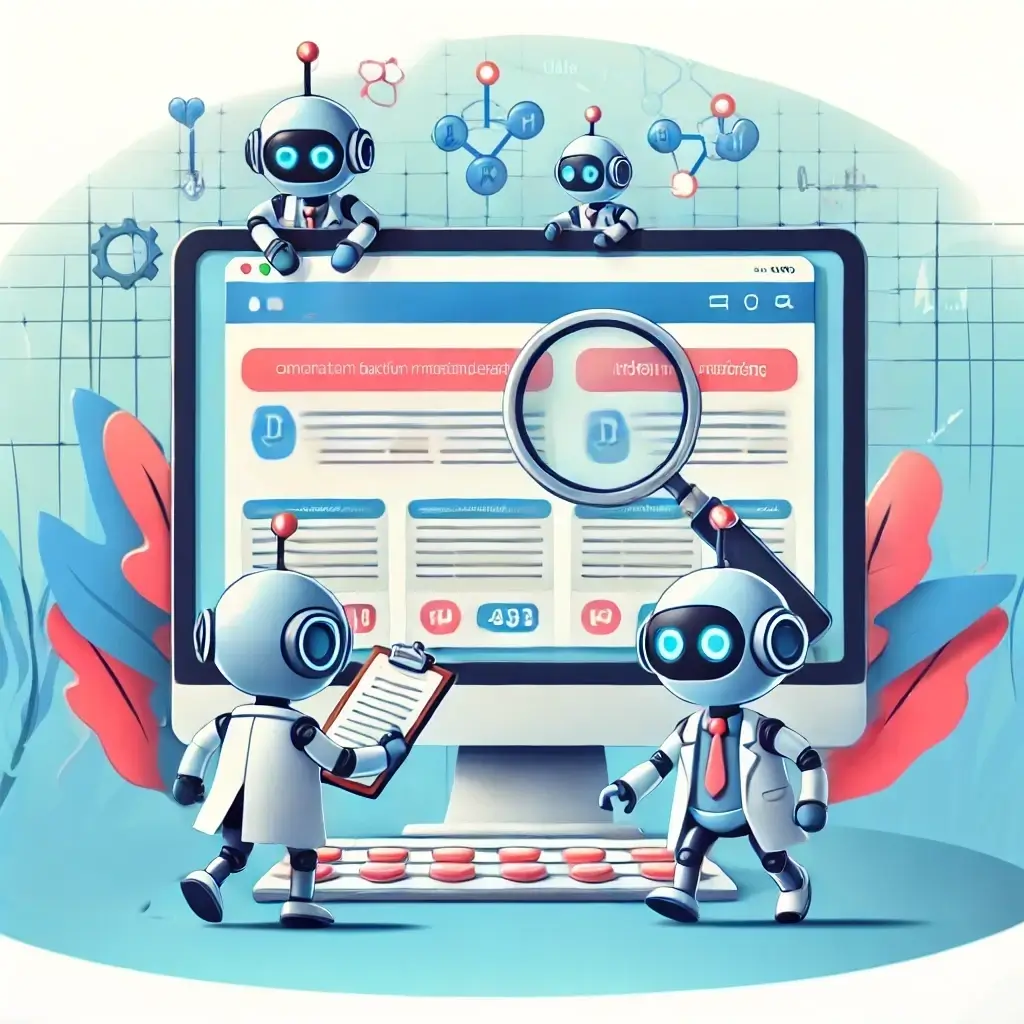Google Ads: AI Innovation Day 2024 – solli’s Take for Pharma Media
Highlighting Google Ads' recent announcements and their potential impact on pharma media

Google Ad’s AI Innovation Day 2024, held on September 24, 2024, introduced new tools to those within the advertsigin & media industry. From AI-enhanced creative generation to dynamic ad formats on YouTube Shorts, these innovations are seeking to redefine how businesses engage with their audiences. Pharma media professionals should take note, as there are opportunities for more efficient media within each of these new offerings.
In this article, we’ll explore Google’s AI announcements and discuss their implications for pharma media.
Performance Max Creative Enhancements: AI-Powered Assets for Ads
Google’s upgrade to Performance Max brings customized creative assets powered by industry-specific AI models, allowing advertisers to create increasingly personalized and targeted ads. The balance with this for Google will be the extend to which these industry specific insights can be tailored across HCPs & patients, then with those broad audiences there is a huge array of nuance in condition focus, socio-demographic information and health access to name just a few. Not to mention the necessary regulations with search and pharma media. That said, this could be a great opportunity to create assets that resonate with audiences whoever they are. One key opportunity could be to deliver culturally sensitive messaging to global audiences, an area often fraught with complexity.
New Ad Opportunities in AI-Enhanced Search – Targeting HCPs and Patients
The integration of ads into Google’s AI-powered Search Overviews offers the ability to identify potential customers at earlier stages of their journey. For pharma, this means the potential to reach both HCPs and patients when they’re actively seeking medical information, treatment options, or education about a specific condition. AI-powered search could drive more precise targeting, but the question remains: how pharma balances targeted marketing with the need for responsible, accurate, and ethical messaging in such a sensitive moment?
Interactive, Animated Ads on YouTube Shorts – A New Frontier for Pharma Engagement
YouTube Shorts’ new animated image ads offer an exciting new format to engage viewers in short-form content. This new feature allows advertisers to showcase products through engaging and interactive visuals, optimized for the unique format of Shorts. With this innovation, brands can create fun, interactive ads that enhance user engagement and drive conversions, all while capitalizing on the growing popularity of short-form video content. For pharma, where conveying complex information in an easily digestible way is critical, plus the growing trend of HCPs & consumers for short-form videos, these ads could offer a way to connect with patients or HCPs in a popular format.
Conversational AI: Streamlining Pharma Campaign Creation
Google’s introduction of conversational AI into Search campaign creation allows for rapid keyword generation, headline drafting, and ad description creation—all in real-time. By combining human expertise with AI, this new feature allows advertisers to collaborate with Google AI. With AI able to provide ideas and feedback in real-time, advertisers can quickly iterate on their campaigns. In pharma, there will likely need to be extensive human oversight due to the stringent regulations and their varying interpretations across pharma companies. It would be interesting to see to what extent this Conversational AI will be able to learn the nuance of pharma and the specific agencies/companies’ interpretations.
Win-Back and High-Value Customer Modes: Retention in Pharma Media
One of the more strategic updates introduced is the Win-Back Mode, which allows advertisers to re-engage with lapsed customers. This AI-powered feature is designed to optimize campaigns for bringing back high-value customers who have previously engaged with a brand but haven’t converted recently. How can this be harnessed in pharma? From re-engaging with HCPs who’s prescribing habits have shifted through to helping support to patient adherence, it will fascinating to see how this is used effectively.
Conclusion
These advancements are no-doubt interesting to the pharma media space. The real benefits will only be known when put into the hands of the brilliant strategists & planners within the industry. The challenges that they will most likely approach are:
- What will be the role of AI in creating regulatory-compliant content that still resonates with audiences?
- Will AI-driven tools help reduce the time-to-market for complex healthcare campaigns?
- How can pharma media leverage AI to improve audience targeting & content matching without compromising ethical standards?


























